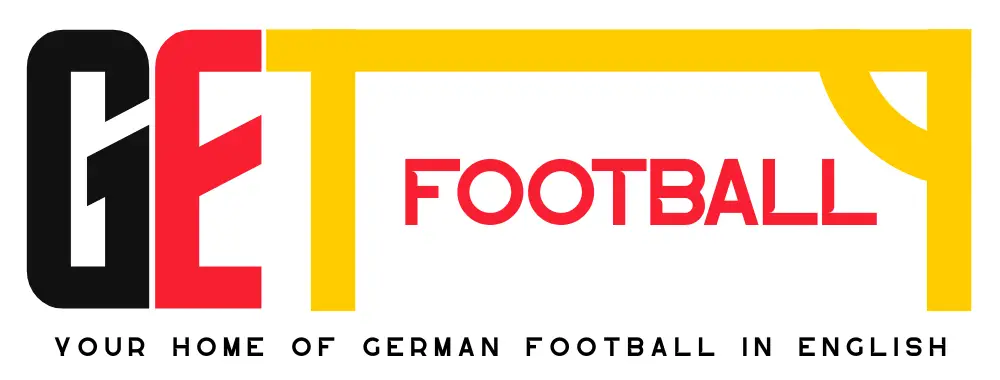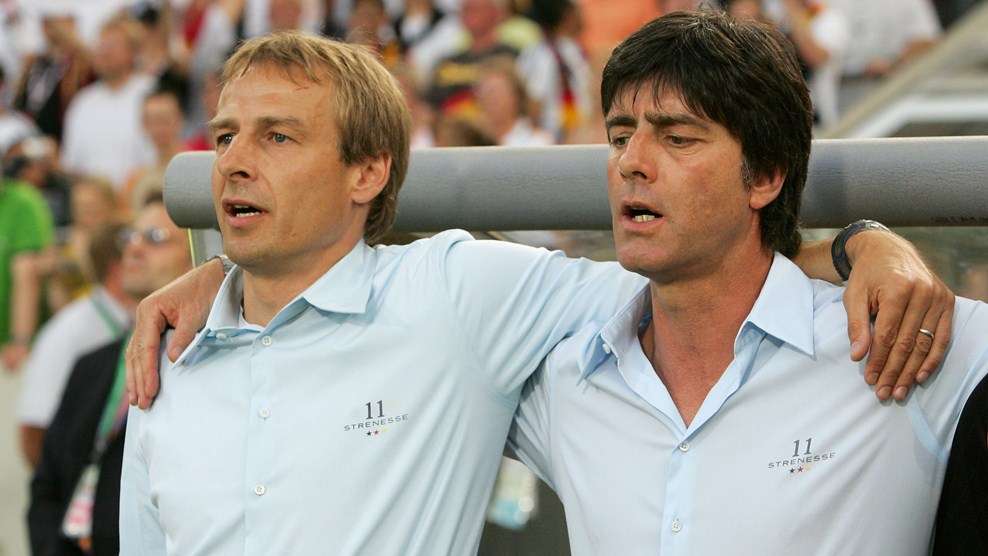Pre-Jürgen Klinsmann. That’s what we could call the former German footballer ideal. Toughness and effectiveness was preferred before flair and technique. This has changed, gladly for the connoisseurs. One very interesting question however, is when this changed, why it changed and what it has meant for the German football, both national and international. How has the world reacted to this change in ideals, how has the German football progressed since and how is the German football seen today?
2006 is the year. The entirety of CDU-controlled Germany is engulfed in hope and prosperity. The country is one of the economic superpowers of Europe and the financial hub Frankfurt is on its way forward and will in ten years’ time have lured most of Europe’s biggest banks to the banking sector of Mainhattan. It’s also the year German football changes and possibly for good. Klinsmann has been at the helm of the national team for a year and has already started to build a new generation of German players, something that will become the new ideal for what a German footballer is supposed to be and how he is supposed to act.
Bastian Schweinsteiger and Philipp Lahm have just become the obvious choices on their respective positions, the Sturmer Miroslav Klose is the last of a dying breed, of which we could already see coming, ten years back. A new type of player has started to emerge and the former types have slowly started to fade out. Fresh winds are blowing in all German academies. But how did German football go from being knocked out to a second-string Czech Republic team at Euro 2004 to winning the U21-Euros and the Confederations Cup in the space of just two days?
According to Bundesliga.com, the change started already in 2000. Germany was knocked out of the European Championships after a horrible performance which meant one point after three group stage games and thus failing to qualify for the next round. After this horrible experience, all German footballing institutions agreed that something had to change and rather desperately at that. A new rule was implemented, meaning that all clubs in Bundesliga and 2. Bundesliga had to invest in their youth academies. Failing to do this would result in not being licensed for the top two divisions.
This desperate change sparked something new and even though it took five years before we saw a change, it has been a serendipity on all fronts. 2006, the German national team was led by Klinsmann. They were highly ranked, but due to their failure at the Euros two years before, the German people weren’t too hopeful. They didn’t dare to hope for too much. Klinsmann’s team finished third in 2006, but did so in a new way. They played attacking and beautiful football, played the ball properly and pressed rather effectively. While third was probably seen as a mediocre result – due to them being the home team – we must remember that this was a new German team with a new ideology and a new tactical philosophy. When Klinsmann stepped down and his assistant Joachim Löw took charge, this continued.
Since then, German youngsters have emerged on a weekly basis and new hot prospects come through every year. Players like Mesut Özil, Sami Khedira, Serdar Tasci, Thomas Müller and Manuel Neuer are seen as exact and rather short term products of the change in 2000/01. Personally, I’d put Özil as the main player in the revolution. The Arsenal playmaker is the new player ideal in Germany. A technical, multi-ethnical player with bags of vision and technique. He was the main turning point. He was the first apparent product of the change in ideology.
Pre-Klinsmann players were in general tough, hard-tackling stoppers or a defensive-midfielder who stood for no nonsense. This was combined with a proper German Sturmer up front who scored most goals. The World Cup in 2002 was a perfect example of this. How Germany managed to reach the final is still debated, but mainly down to the brilliance of their goalkeeper, their defence and Klose. Before that, players like Stefan Effenberg, Dieter Hamann, Michael Ballack, Thomas Hässler and Lothar Matthëus were the ideal. Kudos to DFL and DFB who saw the problem and acted swiftly.
The change in mentality, ideology and philosophy among German footballers, experts, coaches and club managers is the main reason German football is so popular today. While Bundesliga was long frowned upon abroad, it is now seen as one of the most exciting leagues in the world and grows more every day, attracting new fans from very different parts of the world. We have gone from being a hoof-the-ball-and-hope-for-the-best league to being a technical league where technical experts can use their skills and flair in take-ons and where playmakers and tactical masterminds exhilarate and inspire.
Sometimes a small change can cause a ripple effect. In this case, a big change has caused a tsunami of success. This shows us all a few things. Firstly, the national football associations have the power and the ability to truly change mentalities, philosophies and can bring long term success. And it also teaches us that no matter how bad the German teams do in Europe, we will still be able to sit back, grab a beer and watch great and exciting football in Bundesliga on a weekly basis. This is because an institution saw that a change was needed and it acted. It acted like a rigorous crusade against a city lost in itself.
By Axel Falk.










